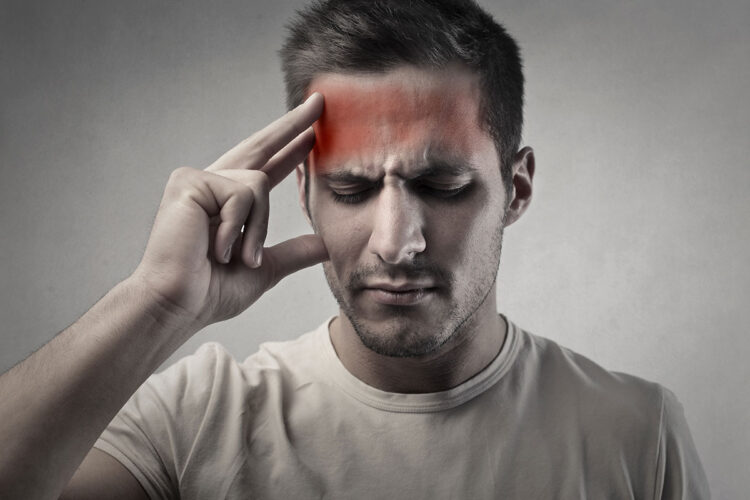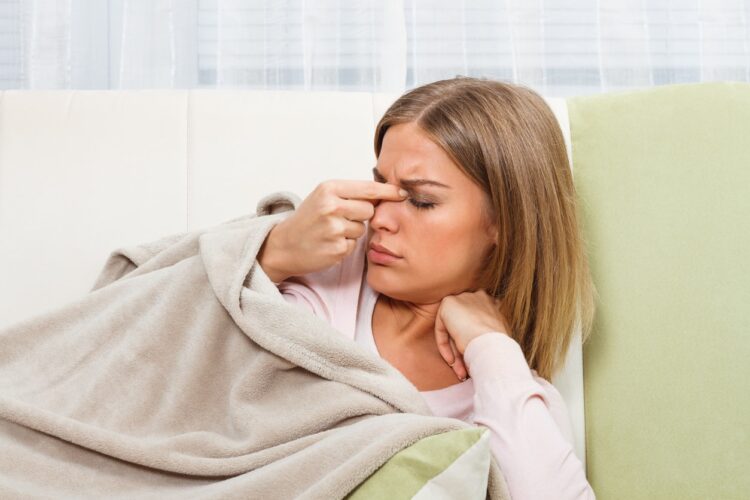Each and every one of us has experienced the relentless, annoying, and throbbing pain connected to a headache. They can slow us down, makes us nervous or anxious, and bring our bodies to a complete stop. However, did you know that there are different types of headaches and knowing which one is affecting you is the first step to efficiently treating them? If not, you are reading the right article.
In the text below, you will be able to read about the types of headaches, as well as what you can do to alleviate the pain. Let’s take a closer look:
Tension-type Headaches

These are the most common headaches that people get. They are often referred to as achy and dull, and they usually occur if the person is stressed, missed meals, or have severe neck pain. The treatment options include taking over-the-counter medications like aspirin, as well as some other alternative treatments such as relaxation, meditation, massage, or training.
Migraines

We have all heard about migraines and all of us know that they should never be taken lightly. The pain connected to a migraine is described as severe, throbbing, and unbearable. They often cause nausea and vomiting, as well as high sensitivity to sound and light. With increased activity, the pain might become even worse. If untreated, migraines can last from 4 to 72 hours.
According to treatheadaches.com, the treatment might vary from person to person, but if you know what triggers your migraine, you should avoid these causes. Other treatments include prescription medication, however, in some cases, they might not be the answer either. You should also rest in a dark, quiet room, and hot or cold compress your neck or head.
Cluster headaches

Cluster headaches are rare, but they might occur on and off for several weeks at a time. The cluster “periods” can last for days or for months, and you might experience one or several cluster headaches during one day. Usually, these headaches begin quickly and reach maximum intensity within several minutes. They often affect one side of the head and can be followed by redness or tearing in one eye, as well as a stuffy or runny nose, but you can treat with products such as Coldeeze.
Over-the-counter medicine is not considered to be helpful since they last shortly, but inhalation with 100% oxygen can help, as well as a prescription for nasal sprays.
Sinus Headaches

Sinus type of headaches usually come with pain in the nose, cheeks, eyes, forehead, and sometimes the top of the head. In some cases, people can even feel pressure behind their faces. Nasal blockage or congestion from allergies or an infection can lead to a sinus headache. One of the main causes of these headaches is hay fever, a cold or the flu, as well as other seasonal allergies.
Conclusion
These were the most common headaches that people get and if you want to find out more about headaches or a treatment plan, you can easily do some research on your own. All you will have to do is browse the Internet for your type of headache and try different treatment plans. Also, if none of the treatment methods help you, it is best if you talk to your doctor about the steps you should take.
 Hi Boox Popular Magazine 2024
Hi Boox Popular Magazine 2024



